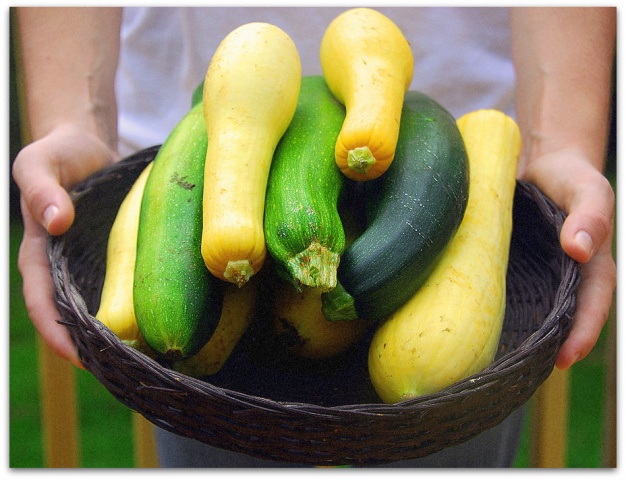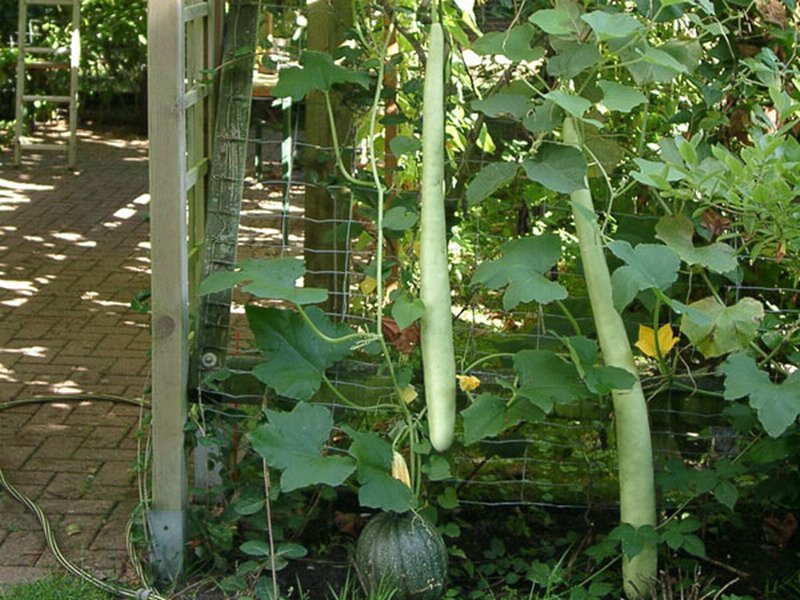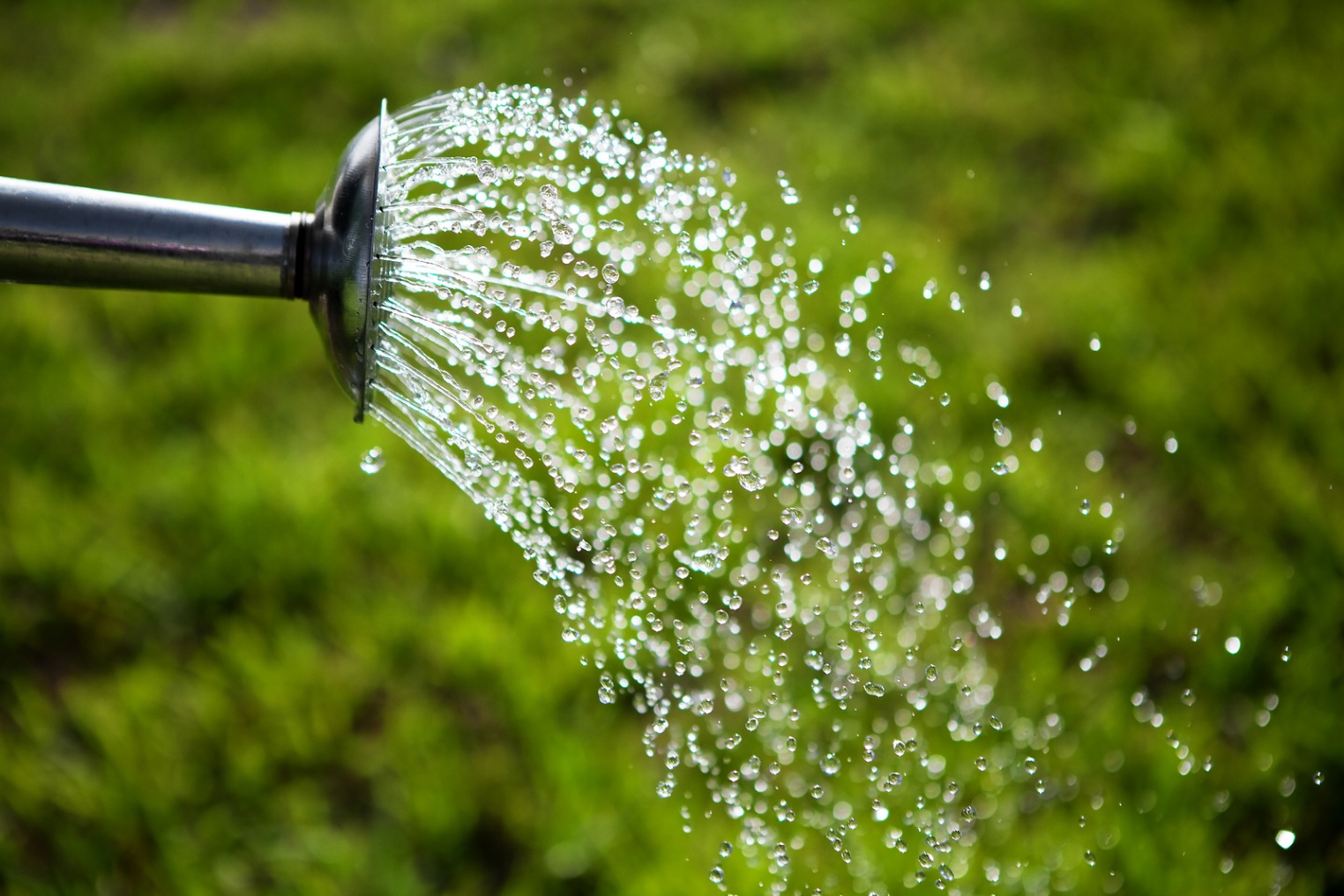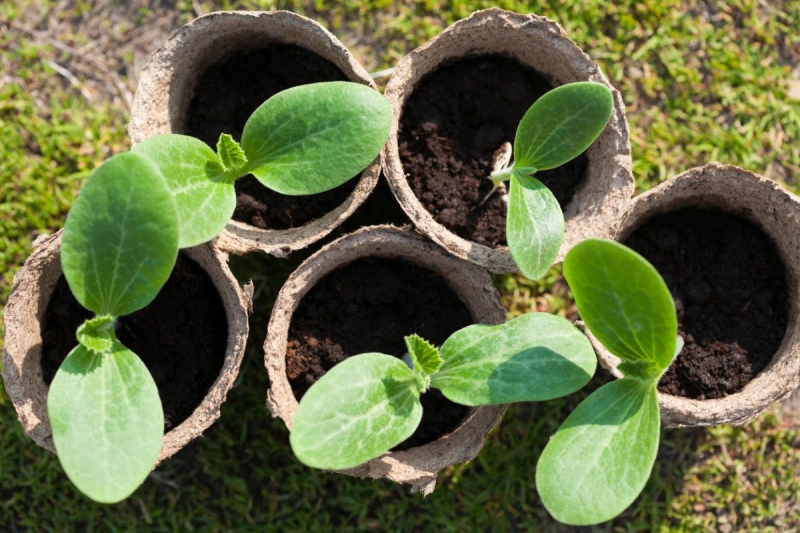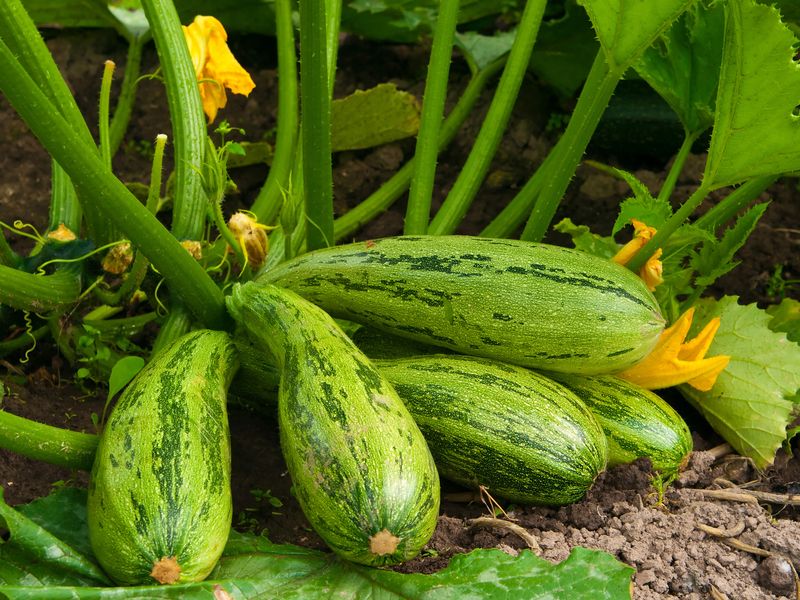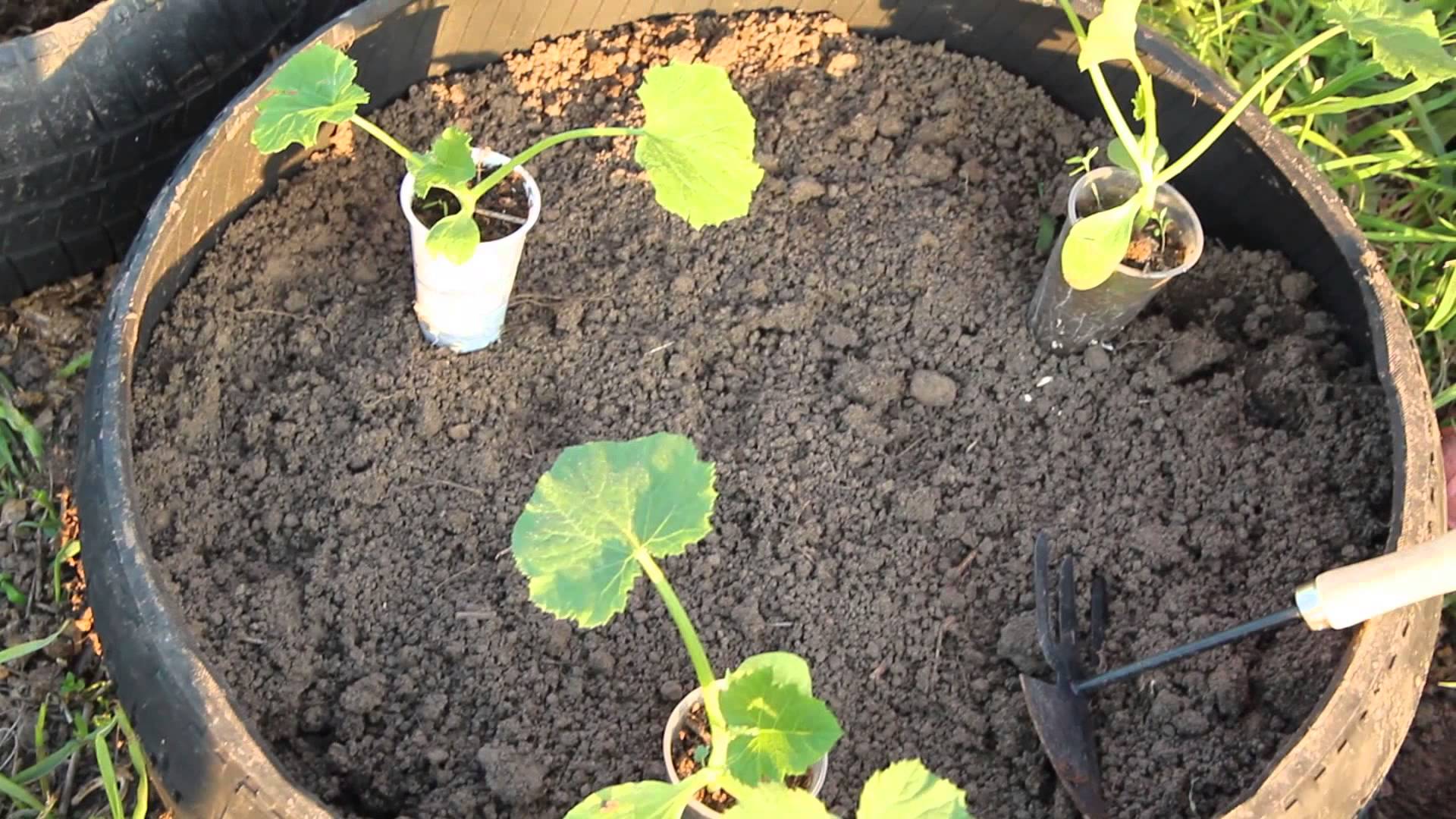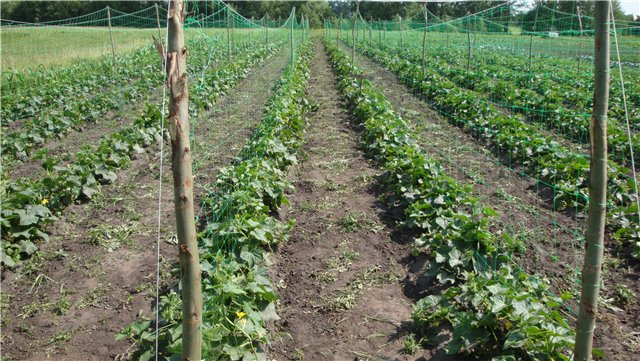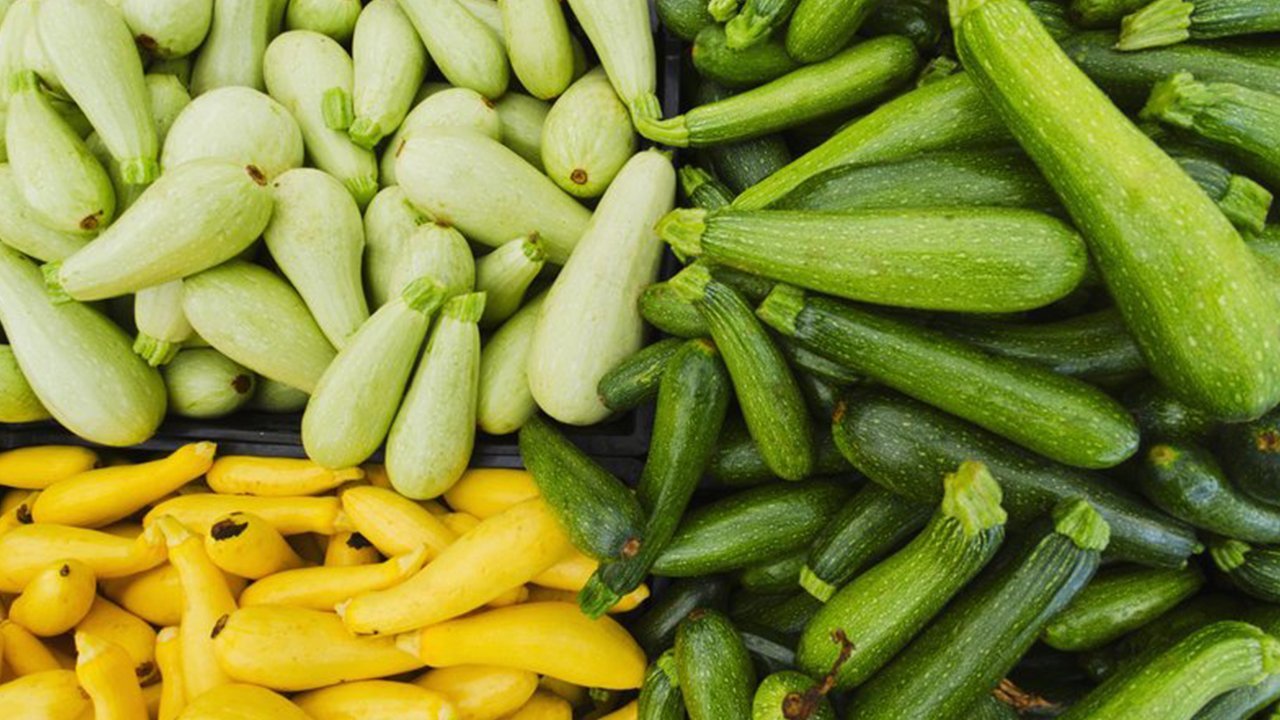Content:
Everyone's favorite zucchini is a kind of pumpkin, only the shape of the fruit is not round, but elongated, and the variety of their colors is striking: green and yellow, white and almost black, striped and two-colored.
A vegetable with a tender and sweetish pulp is used fresh (raw) and cooked (thermally processed). Its benefits have long been proven, it does not need advertising.
The homeland of the squash is Mexico, but in ancient times the natives ate only b [seeds. Europe got acquainted with the outlandish fruit in the Middle Ages, and the Italians made a "discovery" at all - since the 18th century, the vegetable began to be eaten whole.
Best parthenocarpic zucchini
Bush squash (those that do not give long and powerful lashes), if they are also parthenocarpic, are a godsend for gardeners.
Early ripening zucchini
The most popular early ripening, unpretentious and productive are Tsukesha, Aeronaut, Ball (for the shape of the fruit), Iskander.
Zucchini, medium ripening
Champions: Zolotinka (yellow zucchini), stored uncoiled for up to 50 days. Other zucchini, yellow varieties: Yellow-fruited, Anchor, Pineapple zucchini - the description says that the fruit has a unique sweetish taste (not every vegetable will be called that by breeders) and a charming look. This is a type of zucchini.
Also noteworthy is the Black Beauty with green pulp of excellent taste.
Zucchini late ripening
Favorite varieties among the late ones: Vietnamese zucchini (Lagenaria) - an unusual type, sometimes it is used to make vases and ornate vessels, as its pulp dries out and the shell becomes hard; Spaghetti (aesthetes will love the core, which can be rolled around a fork like spaghetti).
Zucchini and zucchini - what is the difference
The difference between zucchini and zucchini is:
- ripening times (zucchini - early ripening);
- color (zucchini - yellow, green, some varieties are decorated with a dark stripe);
- size (small mature zucchini).
Caring for parthenocarpic varieties
- The main condition for a good harvest is a nutritious soil fertilized with organic matter. With its high saturation, zucchini will withstand even partial shade.
- Another important factor is abundant watering, especially during hot summers.
This applies to zucchini of any parthenocarpic variety. By planting them on the site, the gardener pursues the main goal - getting an early harvest, saving precious meters on the site, these qualities are combined by bush plants.
Popular varieties rating
Early ripe, unpretentious and fruitful:
- Amber (the most unpretentious and frost-resistant);
- Tsukesha (green fruits, early, rich harvest, according to gardeners' reviews, the variety has no drawbacks, meets the requirements - the best varieties of zucchini for open ground);
- Waterfall (zucchini varieties, resistant to fungal diseases);
- Negro (the pulp has a yellowish tint, early ripening, rich in ovaries, grows well in the open field);
- Zucchini varieties Aeronaut (can be sown at +12 degrees, bears fruit all summer);
- Zucchini parthenocarpic varieties Gribovsky (mid-early, climbing, white or light green, universal use, tolerates slight frosts).
Many gardeners agree that when it comes to zucchini zucchini - the best varieties: Tsukesha, Zolotinka, Aeronaut, Zebra and Sudar. However, how many people, so many tastes. Among the huge number of zucchini options – the variety range is very wide - everyone can find "their" variety, and it will not be included in this list! But it is difficult to argue with the opinion that parthenocarpic zucchini are ideal for planting.
Methods for forming a bush and the peculiarities of growing in open ground
- Shrubby squash does not require pinching as the fruits form around a single stem. In the process of growth, you can thin out the leaves, which have overgrown, cut them out with pruning shears - this will strengthen the ventilation of the bush and add light.
- Climbing zucchini pinch over the 4th or 6th leaf, sometimes pinch the main stem and leave a few lateral ones, as they bring the main crop.
- Complementary feeding of plants is required, especially during the period of development of ovaries. It can only be avoided if the shrub is planted on a compost heap.
Storage conditions
For long-term storage of fruits, the following conditions are necessary:
- collect them before the onset of cold weather;
- leave the tail about 5 cm long;
- wipe with a cloth, you can not wash;
- put them on a shelf in a cellar or a room away from heaters so that they do not touch each other; you can hang them in nets.
Prevention and treatment of diseases, pest control
There are a lot of diseases and pests of zucchini:
- Powdery mildew,
- White mosaic,
- Bacteriosis
- Copperhead,
- Olive spot,
- Gray rot
- Downy mildew,
- Root rot,
- Spider mite, etc.
For prevention, it is advisable to prepare the soil in advance: deep digging in the fall, weed control, loosening, and fertilization will be required.
It is important to observe the correct crop rotation, to thin out the leaves of the plant. When the first signs appear, you will have to resort to spraying with special preparations.
It is important not to forget to pluck ripe zucchini in time. The bush will thank for this with new ovaries. By the way, young fruits that have reached only milk ripeness are especially tasty and tender!
